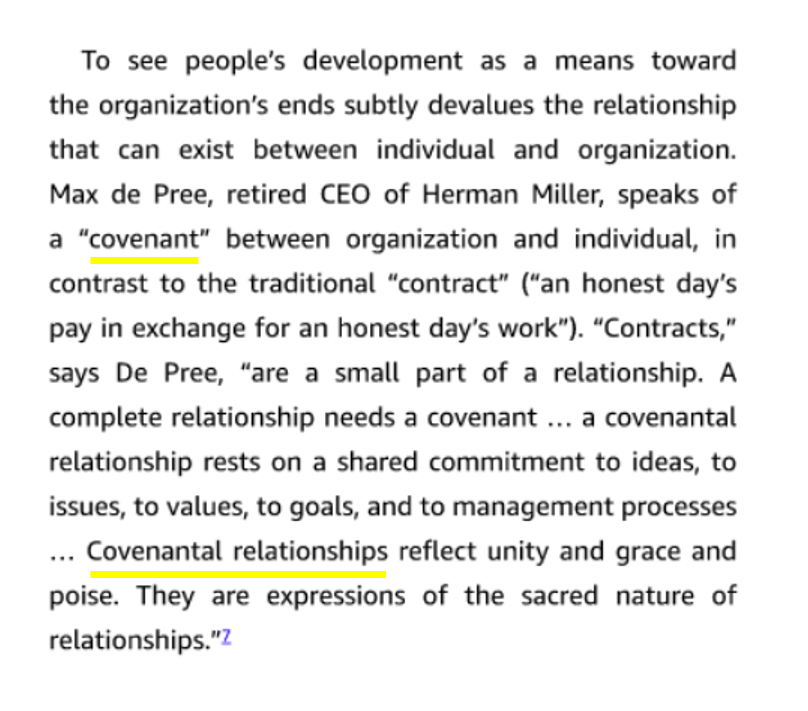We often see stories of brilliant product leaders who excelled in their roles although their organizations might not have grown in the similar proportion. For example a product manager helped their organization redefine their product vision and helped them see a sudden loop of growth in a particular phase or stage but later the same organization did not grow or scale in the same proportion.
Such leader are passionate about learning and in exercising those learnings into real work practice. They believe in taking the team forward with them for pace, for the clarity, and for the right product results. Their definition of incentives are different and these are not always tied to the performance. However if the organization does not support the leaders fully and at all stages, the teams lag behind and that is discouraging for such leaders.
Peter Senge’s book The Fifth Discipline is one of the best books on what makes a learning organization.

Teams are the learning units of a growing organization. A leader can take the organization forward in one milestone, one phase, or one release—it needs a team to repeat it as a culture.
Unless the team enjoys being on a similar learning path for their respective skills, maturity, and for the alignment of goals, it does not help the organization in the long run. I did not say ‘… for the respective incentives‘ here because our definition of incentives could be the unwelcome boundary. The learning and inspiring leaders easily separate the rewards of learnings from the rewards of work—so, the team’s incentives are aligned by default.
Organizations invest in trainings for their teams, for technology or for people skills. In most cases, either the organization or the learners or both try to map their learning directly to their work. Team learning should be based on their curiosity and not around the organization goals. Organizations should use the curiosity and learning as the baseline and empower the leaders to define the learning standards without a direct mapping of the learning goals to their work. They should provide the incentives to the teams for their curiosity and not for the work.
Organization offer benefits to the employees such as a pet-friendly area, unlimited snacks, or a Headspace subscription. They can do better by restructuring the incentives criteria for how the teams are learning collectively towards the organization goals. This gives a lot of confidence to those brilliant leaders too, and leadership is a lot about the confidence.
This will give a tremendous boost not only to the organization but to the industry as a whole. Remember that when you hire an executive, you hire their network too (says Tomasz Tunguz).
We often hear stories of how many individuals learn proactively while working on products whether as leaders or contributors. They excel and grow into excellent and inspiring leaders but their orgs don't grow in the same proportion. Why? 👇🏼
— Vinish Garg 🎗 (@vingar) September 26, 2021
—
This topic is part of my advanced course in product content strategy, content design, and UX Writing. See the course details for how we can find and add more meaning to our work.
